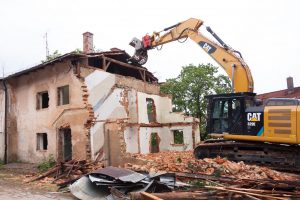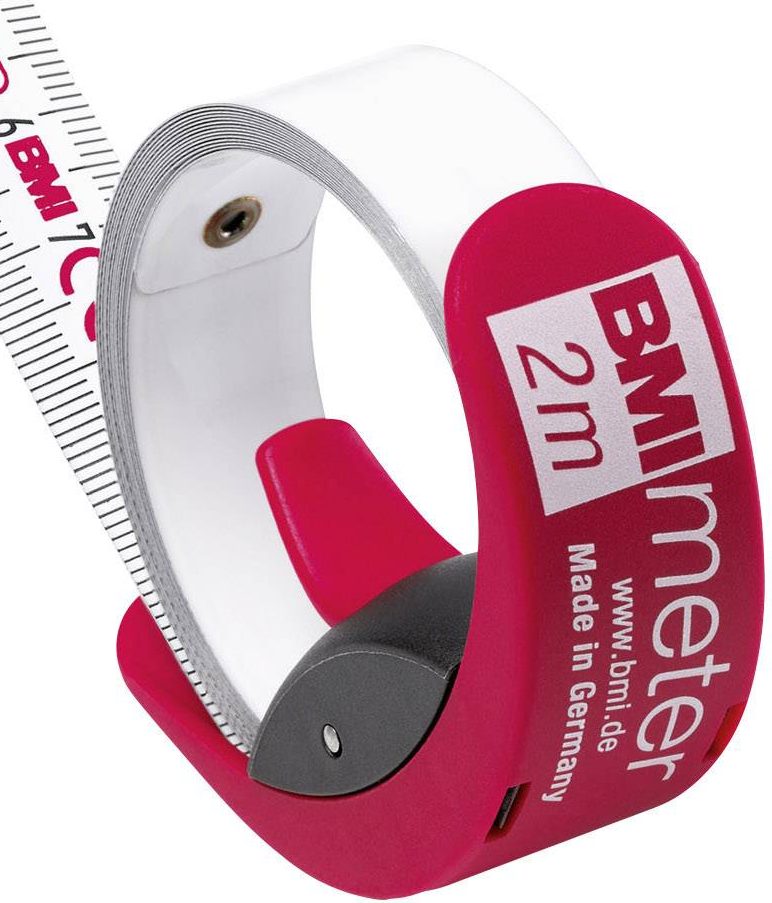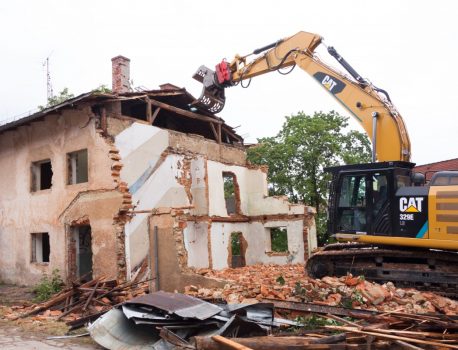
The IARU just uploaded a document on to the CEPT servers. This documents completly deconstructs the French/Thales proposal.
The document can be downloaded here und will serve as a discussion basis for the upcoming Ankara meeting. It clearly says that one can save the hassle of going through a study because the outcome is predictable. It also exposes the fact that both services, amateur and aeronautical, will greatly suffer from this band sharing.
In a very detailed detailed facts and figure based study every point of the French proposal is put to ground. it really shows how poor the French/Thales proposal is.
Annex 1 Focuses on amateur usage of the 2m band. And it make it clear, like VK1Da said, that the persons who drafted the proposal have no idea what amateurs do.
Annex 2, our favorite one, outlines how poor the proposal is. Some excerpts:
a) The aeronautical mobile spectrum requirements have not been assessed in any quantitative analysis that justifies consideration of an allocation in the 144-146 MHz band alongside the amateur and amateur satellite service which is currently limited to this 2 MHz of primary VHF spectrum, when there are many MHz of alternative VHF spectrum which could be utilised for this aeronautical requirement.
This is already what we were saying here, Thales only said that the number of aircrafts manned and unmanned had grown in the past decades. Manned aircraft for sure, this can be cross checked with ICAO yet they do not provides figures for unmanned.
d) The resolves part fails to clearly indicate that spectrum demand needs to be estimated first; then secondly whether that demand can be fulfilled in all bands already allocated to the mobile service (including by modifications to aeronautical restrictions); and third only if that demand cannot be accommodated, should any new allocation be studied.
The typical way to proceed when demanding spectrum is to assess the needs and to see if this cannot be accommodated in existing allocations. Thales/France did not respect this procedure.
e) There is no explanation of ‘innovative sharing methods’. Instead there should be a recognition that airborne systems will utilize omnidirectional and not directive VHF antennas, making mitigation of interference to the incumbent primary amateur and amateur satellite services far more difficult.
Yes Mr Thales, throwing such assertions like “it’s gonna be alright” without more information is most likely to back fire at you.
Annex 3 is a simple demonstration on how inapplicable the proposal is. Based on the very well known ans simple Free Space Formula it shows how likely it will be for amateurs to interfere with an aircraft without even noticing it. It looks like someone at the ANFR and/or Thales did not attend RF engineering class. In the end, some amateurs were able to come up with a better document than so called professionals.
We would like to express our congratulations the IARU staff for coming up with such a good work in the middle of the summer where most of us are enjoying some vacation, they are here working hard for us!


Pingback: French administration strikes back on IARU – Save 2 Meter
Pingback: French administration strikes back at IARU – Save 2 Meter
Pingback: la proposta dei 2m, la Francia | Italynet
Pingback: France gives up, Thales and their drones will stay off 2m band! – Save 2 Meter
Pingback: Rassegna Stampa Radiorama Settembre 2019 - FM-world